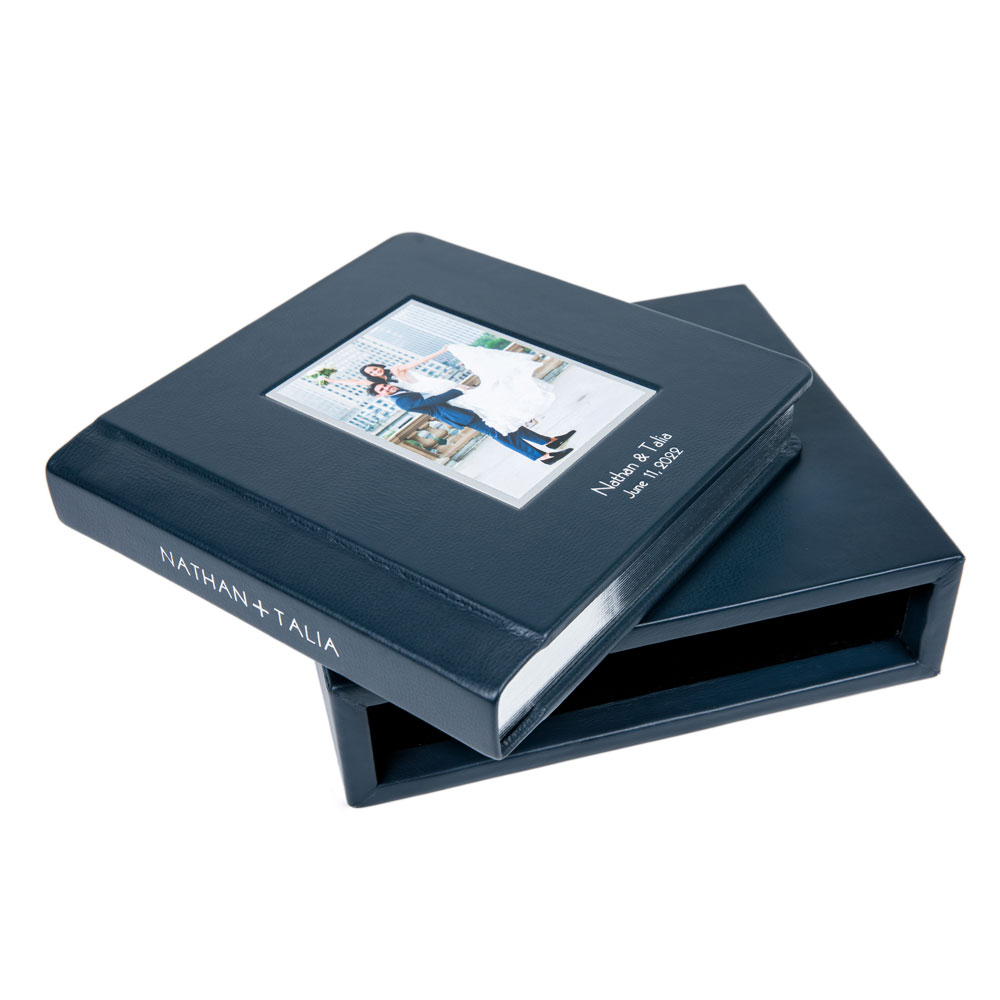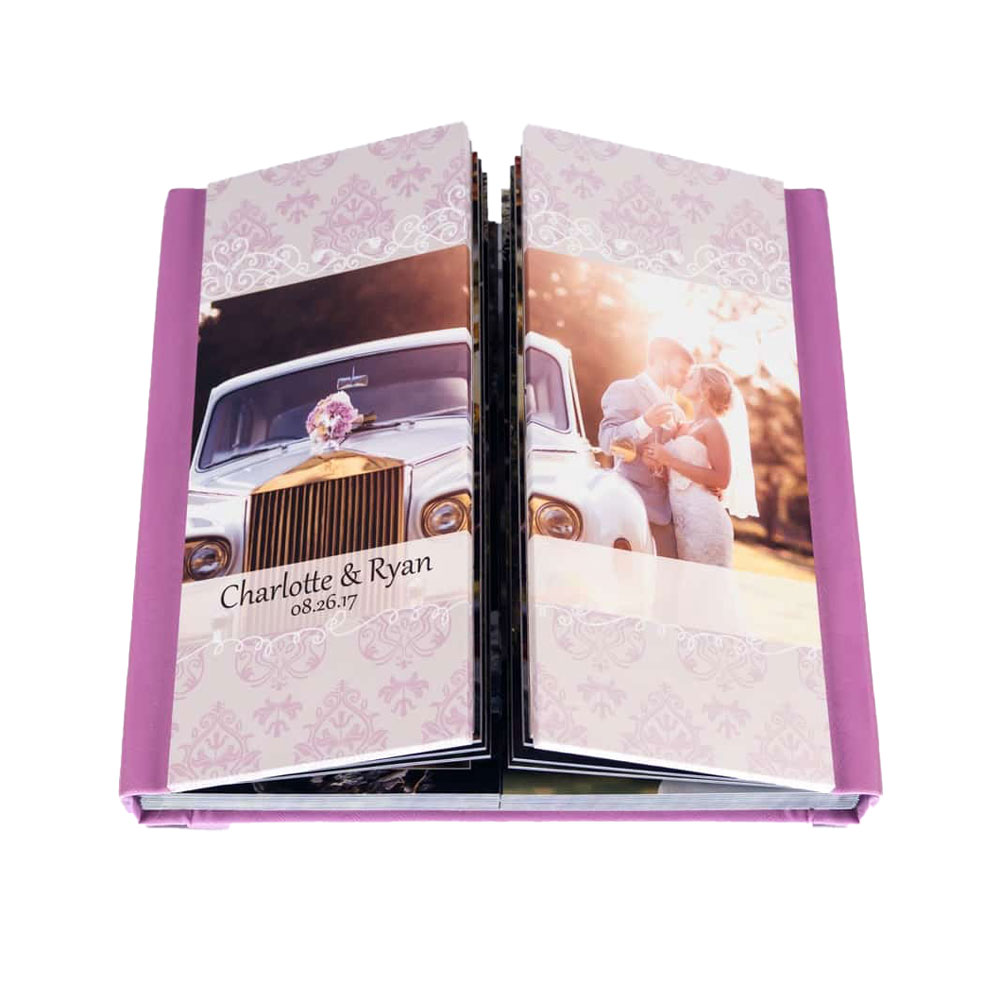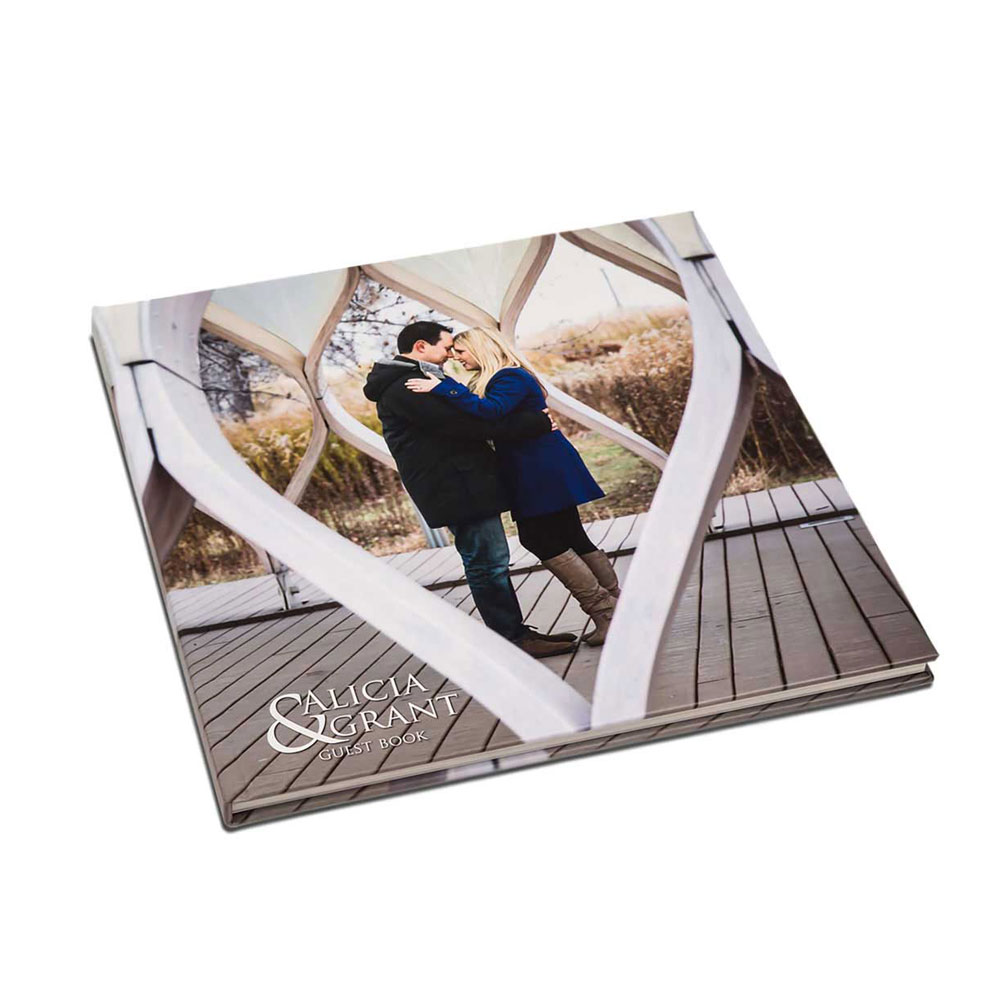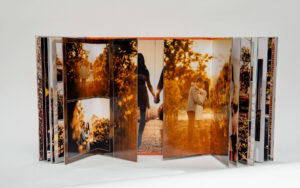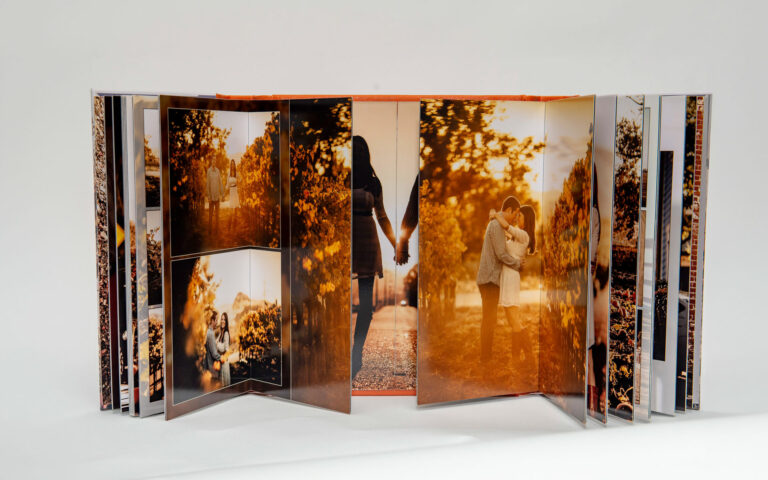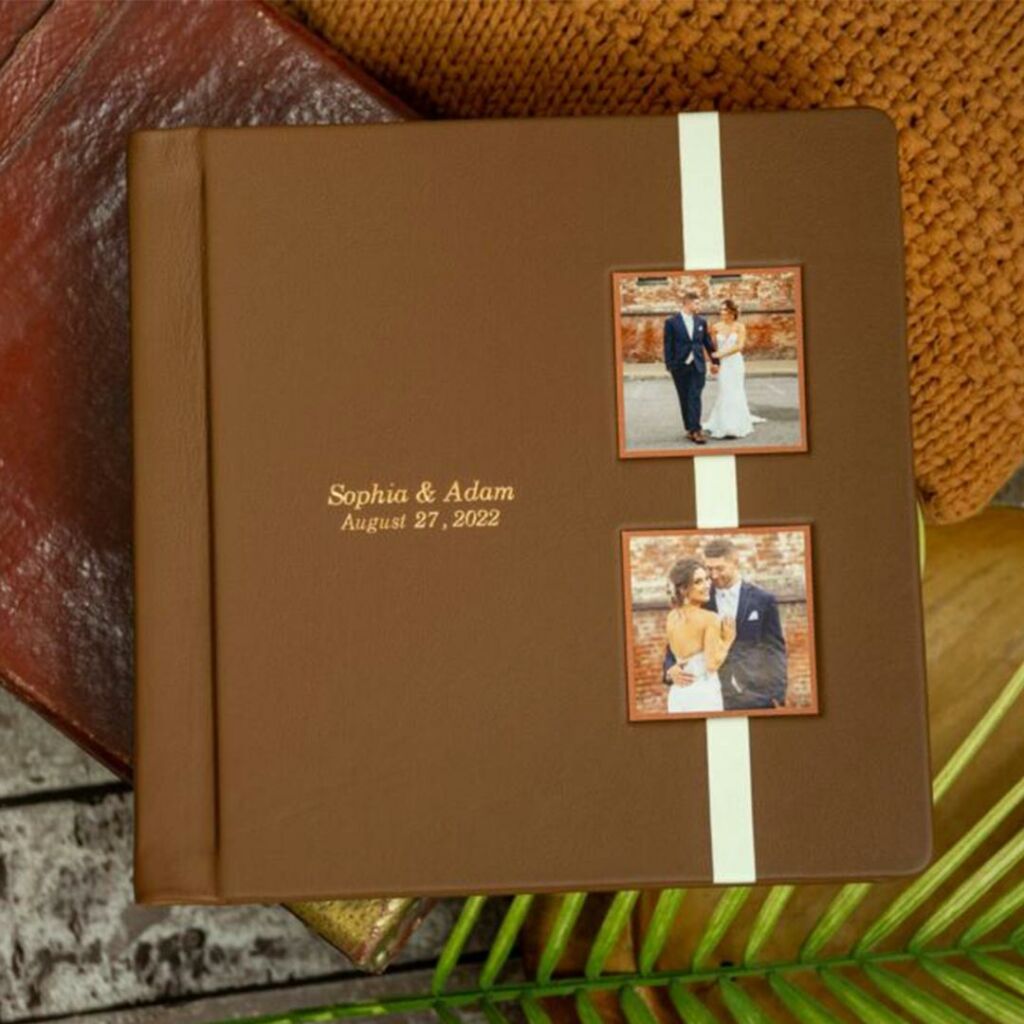We are officially on the first week of Spring! It began March 20, 2016 in the Northern Hemisphere according to the experts. So, like everyone else in this planet, professional photographers also have to adjust to this change of season.

We have prepared useful tips for your outdoor shoots that would be helpful especially if your clients want you to capture the “blooming” background.
1. Sunrise versus Sunset
With the lengthening days, you’ll have more “magic hours” in the morning and evening, as the sun lingers low on the horizon. In March and early April, the light is gentle light throughout most of the day, particularly in the northern latitudes. How you use this light is key, according to Pulitzer-prize winning photographer Larry Price.
“If you’re photographing blossoms, particularly the pale dogwoods or frothy lilacs, you’ll want to use backlight to illuminate the petals, rather than reflected light. In reflected light, your flowers will look flat and one-dimensional whereas with the right backlighting, the petals, young leaves and bursting buds will be bright and vibrant. You’ll also want to use a lens shade to avoid glare with a backlit subject. While light sculpts every photograph, during the spring it also makes a wonderful subject itself. Pay attention to the way the light moves. Watch the ebb and flow of exotic light against the surface of a pond or a rippling stream. In the desert southwest, a rising sun on a crystalline morning transforms red rock formations into otherworldly monuments.”
2. Simplify the background
Sir Larry Price says that using wide apertures will make the background less chaotic. “I don’t use a tripod so much because I often shoot at f2.0 with a macro lens. I can use a reasonable E.I. of 200 or 400 and still have a shutter speed that will allow me to shoot handheld. Enable your camera’s image stabilization mode and you’ll be set. I can hand hold well down to 1/30 of a second, but I like to aim for 1/125 sec when possible. Of course, for a once in a lifetime shot or if I’m in no particular hurry, I’ll use a tripod.”
3. Control the chaos.
The best springs are a riot of color, scents and sounds, according to Price. He points out – “In a park or arboretum surrounded by beauty, our eyes move from sky to blossom to ground while our other senses are registering the bird songs and perfume of the flowers. Our brain puts it all together and we perceive the brilliant bits as a whole. The camera is more discriminating.”
To bring that magnificent medium view to life, you’ll want to use foreground-background composition techniques. Put a big splash of color near the camera and then use receding color in the background to re-create the sensation your brain perceives in nature. Concentrate on crisp compositions with a specific focal point in the foreground, even when you’re going for the big picture.
4. Take advantage of the blue sky
Use how blue the sky is and interesting cloud shapes to add more drama to your couple shot. That simple.
5. Dress for the occasion
Early spring mornings and late evenings are still very cool if not downright cold. You’ll want to layer. You’ll also want waterproof boots or shoes for squishing through boggy patches or walking the streams.
If you need more help, our team is always available. Contact us here.

